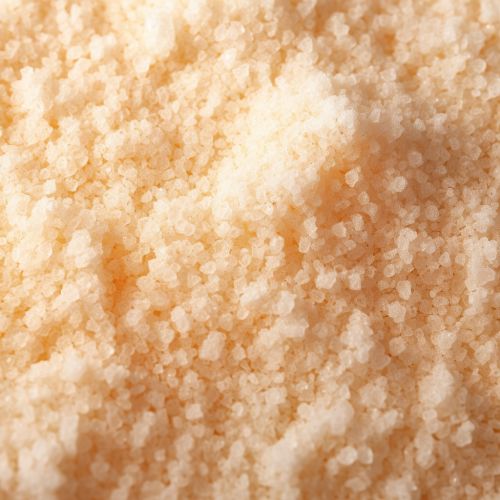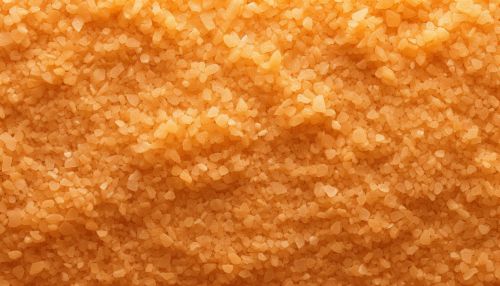Silica
Introduction
Silica, also known as silicon dioxide, is a chemical compound that is an oxide of silicon with the chemical formula SiO2. It has been known since ancient times. Silica is most commonly found in nature as quartz, as well as in various living organisms. In many parts of the world, silica is the major constituent of sand.
Physical Properties
Silica is one of the most complex and most abundant families of materials, existing as a compound of several minerals and as synthetic product. It's a hard, unreactive, colorless compound which occurs as the mineral quartz and as a principal constituent of sandstone and other rocks.
Chemical Properties
Silica is a group IV metal oxide, which has good abrasion resistance, electrical insulation and high thermal stability. It is insoluble in water and many acids with exception of hydrofluoric acid. In its crystalline form, long-term exposure to silica dust can lead to silicosis, a serious lung disease.
Occurrence
Silica is found in many forms of rock including granite and sandstone. It is also a major component of sand. It is also found in the skeletal parts of various animals and plants.
Uses
Silica has many industrial applications including use as a food additive, in the production of glass, in hydraulic fracturing, and in the manufacture of ceramics and silica-based microelectronic components.
See Also


